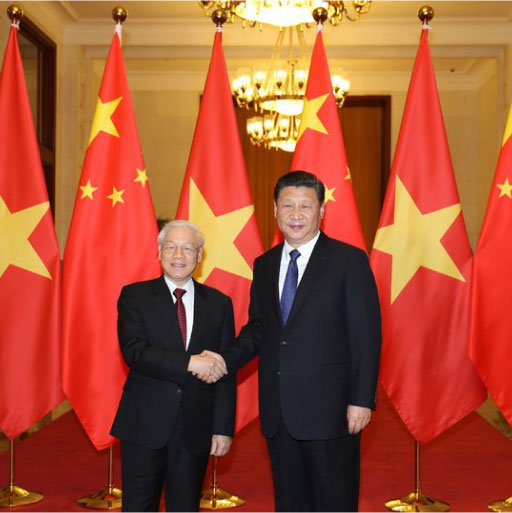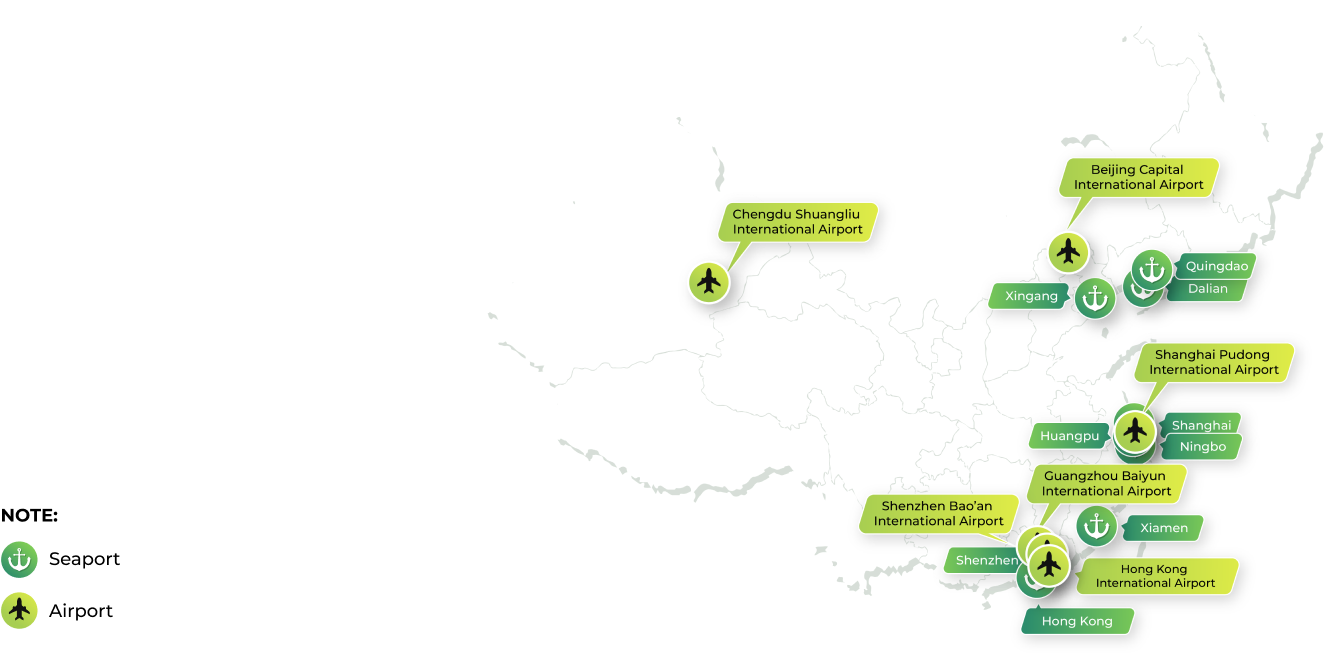Vietnam and China Trade Relations

The overall situation
Over the past many years, the trade picture of Vietnam and China has had many outstanding developments promoting the economy.
More specifically, thanks to that relationship, trade activities between the two countries have had many positive results such as: Vietnam has become one of the 4th largest trading partners in China, the turnover ratio Trade between the two countries accounts for 1/4 of the total ratio between China and ASEAN, reaching a two-way trade turnover index of 175 billion USD in 2022.
Update: 24/06/2023 / Source: https://www.tapchitaichinh.vn/
The state of trade relations
For Vietnam, the Chinese market is a market with a lot of potential. With its large characteristics, China has become the second largest export market for Vietnam and reached a turnover of 16.4 billion USD. In terms of imports, China is the largest market with a turnover of 33.2 billion USD.
According to statistics from the Ministry of Industry and Trade, in the first quarter of 2023, the two countries’ trade turnover reached 49.6 billion USD. In addition, China is also Vietnam’s third largest foreign investment partner with a total registered capital of about 752 billion USD.
Update: 24/06/2023 / Source: https://www.nhandan.vn/
Main Seaport/Airport

Types Of Shipping Modes
The types of cargo transport between Vietnam and China include:
By sea
- Full Container Load (FCL)
- Less-than-container Load (LCL)
DELIVERY TIME
Shipping time ranges from 3 – 8 days, depending on the departure and destination ports. You can refer to the following routes:
- HCM – SHA: 8 days
- HPH – SHA: 6 days
- HPH – SHK: 3 – 4 days
By air
- Air cargo
- Express
DELIVERY TIME
Shipping time ranges from 1 – 3 days, depending on the type of shipping service

By road
- Transport by container truck, pickup truck, or medium-sized truck
DELIVERY TIME
Shipping time is approximately 6-7 days
Requirements for importing into China

Requirements for food and agricultural products
- Agricultural products need to be inspected and meet requirements related to preventing the spread of diseases and ensuring hygiene and safety
- Products need to have a certificate of conformity and food safety certificate

Requirements for electronic machinery products
- Test products that are not dangerous to users and meet physical and electrical safety requirements
- Electronic machinery products need to go through testing and inspection procedures to ensure standards set by China

Requirements for fresh food products
- Food quality and safety certificates are required, including certificates of origin, quality certificates, quarantine certificates…
- A certificate of origin is required to determine the origin of the product

Requirements for labels and packaging
- Needs to be packaged and labeled according to Chinese regulations
- Make sure to provide full information about origin, production date, expiration date, and other labeling regulations.



 Tiếng Việt
Tiếng Việt